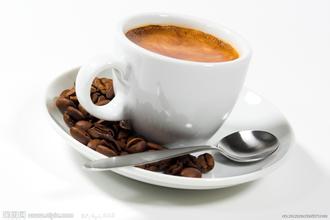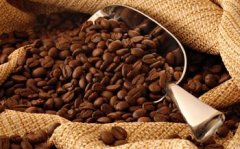Espresso is a popular coffee drink all over the world.

Espresso is a type of coffee with a strong taste by brewing coffee with extremely hot but non-boiling hot water under high pressure and grinding it into a very fine coffee powder. It was invented and developed in Italy and began in the early 20th century, but until the mid-1940s, it was a drink made separately through vapor pressure. After the invention and successful commercialization of the Spring Lever (spring piston lever) coffee machine, espresso was transformed into a drink known today. The pressure used in the production process is often 9 to 10 atmospheric pressure or bar pressure.
By definition, espresso has a thicker texture than dripping coffee and contains more dissolved matter per unit volume than dripping coffee; supply is usually calculated in terms of "shot". Espresso is chemically complex and changeable, many of which decompose due to oxidation or a drop in temperature. A feature of properly brewed espresso is the presence of coffee fat (crema), a reddish-brown foam that floats on the surface of espresso. It consists of vegetable oils, proteins and sugars. Coffee fat has the combination of emulsion and foam colloid.
Through the short-time and high-pressure brewing process, the unique flavor of a cup of coffee is stronger than other brewing equipment after being concentrated. However, there is less caffeine because of the short quenching time. Espresso is often used as the basis for coffee drinks mixed with other ingredients (such as milk or cocoa), such as lattes, cappuccinos, macchiato and mocha, without over-diluting the coffee.
Espresso, main categories:
Cappuccino is a mixture of espresso, hot milk and frothy milk. The milk foam on the top layer makes the coffee warm and fragrant.
Latte (latte), which means fresh milk in Italian, can be literally brewed into latte by adding hot milk of 2 to 3 and espresso of 1 to 3.
Macchiato, the Italian word for stain. There are two main types, coffee macchiato, also known as lungo, Italian "long", which refers to the addition of a small amount of milk to espresso as a "stain", while milk macchiato, also known as cortato, Italian "short" refers to milk with a small amount of espresso as a "stain".
Mocha coffee, made from a mixture of espresso of 1Compact 3 and distilled milk of 2Univer 3, plus chocolate, is a variant of latte, which tastes much better after having too much chocolate or cocoa.
Moccaccino is similar to mocca in that cocoa or chocolate is added to a latte, but the taste of the mocha is reduced by adding more hot chocolate.
American coffee, espresso with a lot of hot water, the taste is relatively soft.
Espresso is rich in Italian coffee culture, reflecting the accumulation and retention of its culture. Unlike the simplified instant in North America, the Italians have always retained a wide variety of coffee and its making techniques. When you order coffee, you name it one by one, and serve all kinds of coffee in containers of different sizes.
Important Notice :
前街咖啡 FrontStreet Coffee has moved to new addredd:
FrontStreet Coffee Address: 315,Donghua East Road,GuangZhou
Tel:020 38364473
- Prev

Correct the misunderstanding of "drinking coffee" and teach you to drink coffee correctly
Drinking coffee is not only a kind of enjoyment, but also a kind of taste, but often in the process of drinking coffee, how much to drink, how to drink, most people will have misunderstandings. Under normal circumstances, it is best for healthy people to drink no more than 300 milliliters of coffee a day. If the coffee intake is excessive, it will not only induce heart disease, but also stimulate the gastric mucosa and cause stomach discomfort. Long-term excessive intake of coffee
- Next

Healthy and good mood: the prime time for drinking all kinds of coffee
It's nice to enjoy the beauty of coffee, but can you drink the right coffee at the right time? Enjoying different coffee at different times and in different moods can have different effects of refreshing, relaxing, soothing or stimulating. Workers have their own life trajectory and mood changes every day, and different coffees have their own prime time to drink.
Related
- Beginners will see the "Coffee pull flower" guide!
- What is the difference between ice blog purified milk and ordinary milk coffee?
- Why is the Philippines the largest producer of crops in Liberia?
- For coffee extraction, should the fine powder be retained?
- How does extracted espresso fill pressed powder? How much strength does it take to press the powder?
- How to make jasmine cold extract coffee? Is the jasmine + latte good?
- Will this little toy really make the coffee taste better? How does Lily Drip affect coffee extraction?
- Will the action of slapping the filter cup also affect coffee extraction?
- What's the difference between powder-to-water ratio and powder-to-liquid ratio?
- What is the Ethiopian local species? What does it have to do with Heirloom native species?

